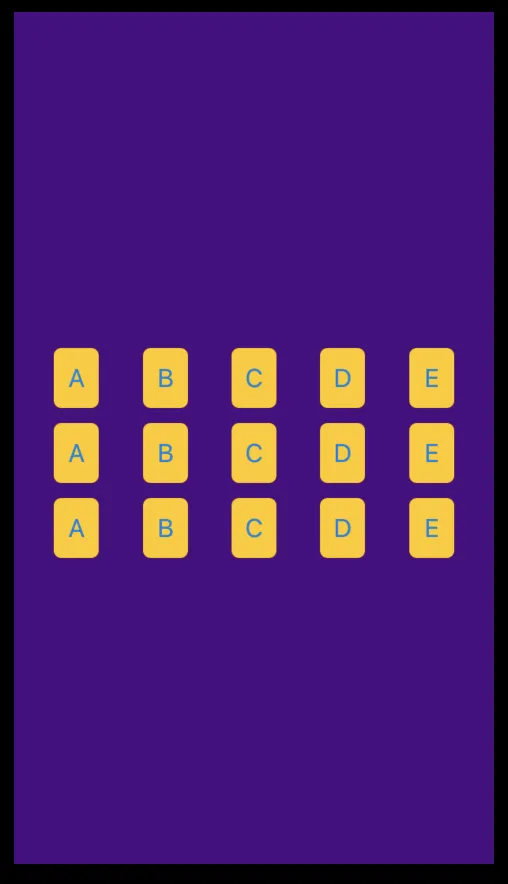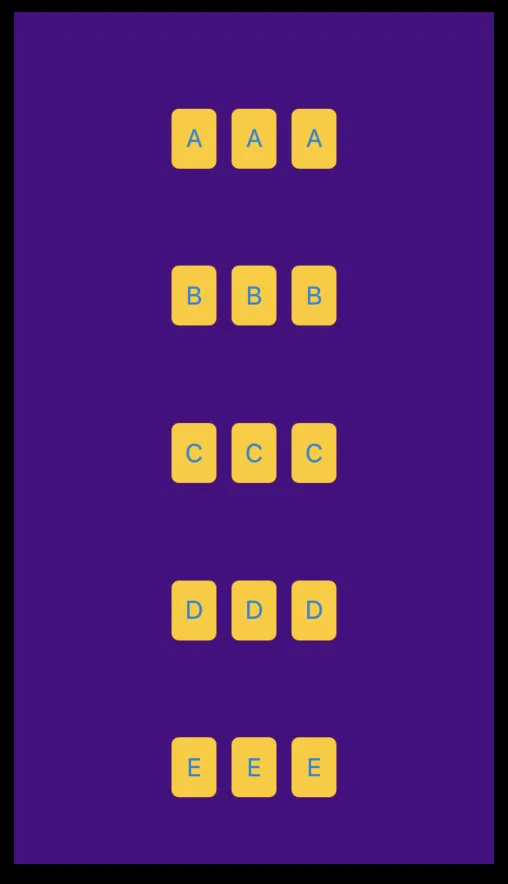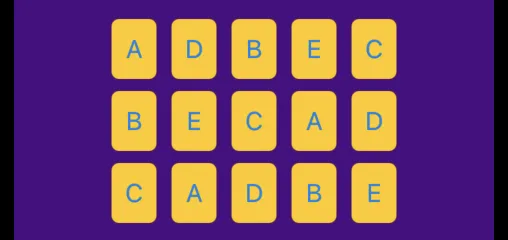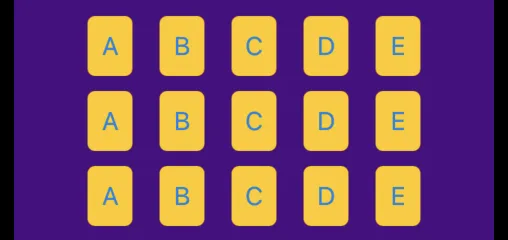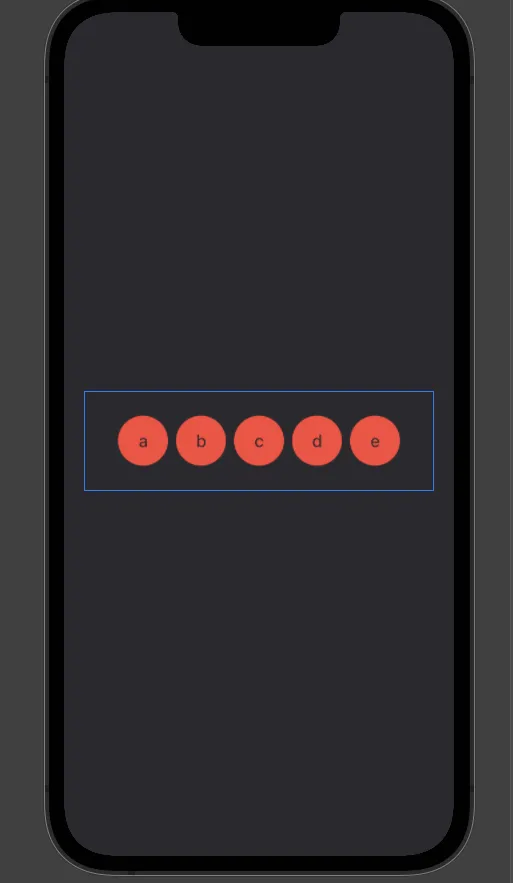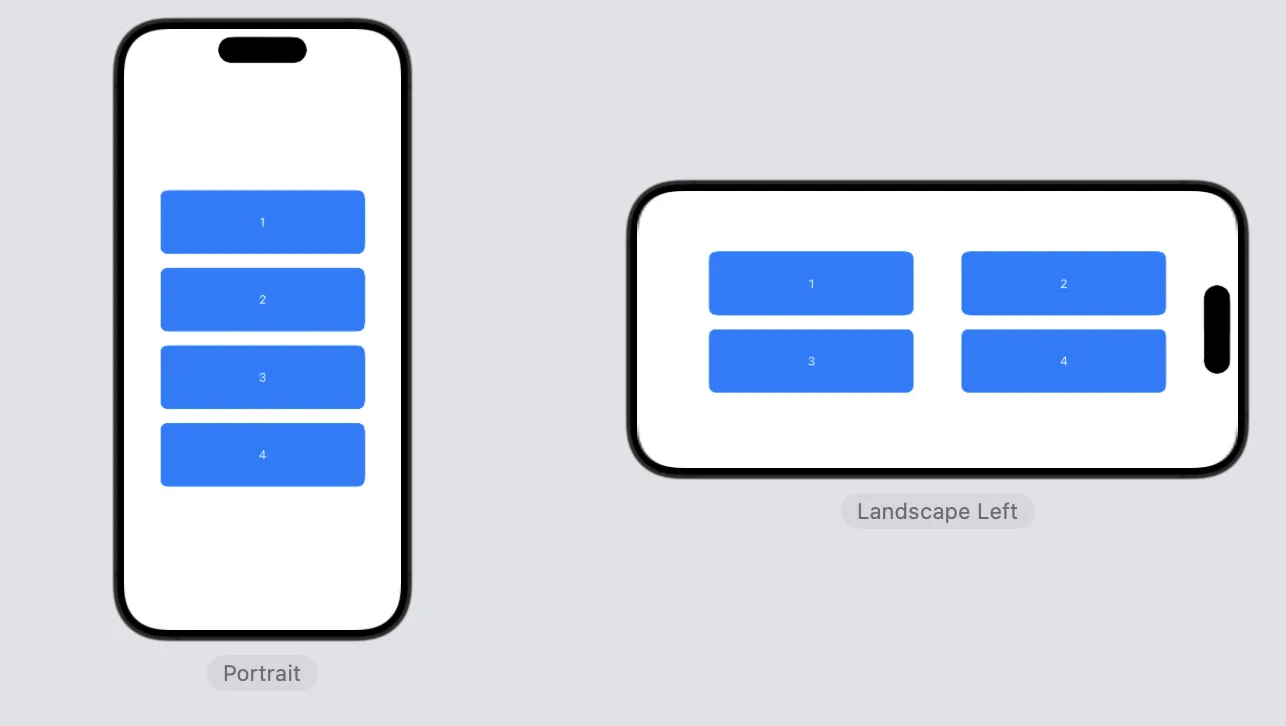我刚接触SwiftUI,并尝试在LazyVGrid视图中居中元素。
以下是当前的代码:
使用:
var body: some View {
ZStack {
Color(red: 75/255, green: 0, blue: 130/255).ignoresSafeArea()
VStack {
LazyVGrid(columns: [GridItem(.adaptive(minimum: 30))], alignment: .center, spacing: 10) {
let letters = wordToArray(word: testWord)
ForEach(Array(letters.enumerated()), id: \.offset) { letter in
Text(String(letter.element).capitalized)
.foregroundColor(.blue)
.frame(width:30, height: 40)
.background(Color.yellow)
.cornerRadius(5)
}
}
.padding()
}
}
}
但是,正如您所看到的,这只会将元素左对齐 - 我也不知道需要显示多少个字符。我还希望保持它们之间的间距与上面相同。
非常感谢您的帮助!
谢谢。

